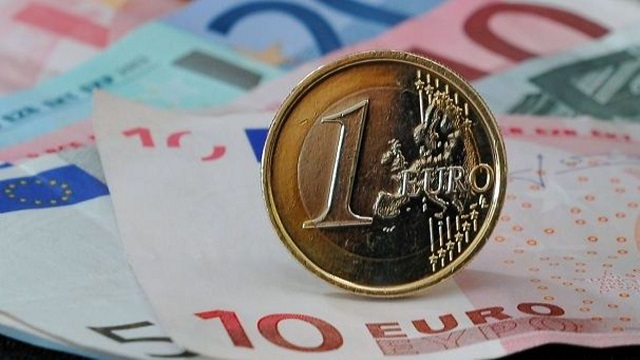
The euro has lost around 12 percent of its value against the dollar since the beginning of this year
Rome, Italy | Xinhua | The euro and the U.S. dollar have broadly traded on par with each other this week after a steep devaluation for the euro which experts say will have strong implications for European trade.
The euro’s value officially dropped below that of the dollar on Wednesday for the first time since December 2002. Since then, the two currencies have traded within a tight band, mirroring each other’s movements.
Thursday’s trading day in Europe ended with one euro buying 1.0023 U.S. dollars. The euro has lost around 12 percent of its value against the dollar since the beginning of this year. At its peak in 2008, one euro was worth some 1.6 dollars.
“This is a tricky situation because it helps and hurts at the same time,” Riccardo Puglisi, a professor of public economics at the University of Pavia in Italy, told Xinhua. “It helps European exporters by making their products less expensive in other currencies. But it means prices are higher on imports.”
If the two currencies remain in step with each other, there could be some advantages in terms of trade efficiency, since exporters and importers will not have to focus on discounting one of the currencies in trade calculations, said Puglisi.
But there is also a risk, according to some analysts, that the weaker euro is a harbinger of a slowdown in economic growth for the continent.
“What is the fall of the euro saying?” Robin Brooks, chief economist with the Institute of International Finance, said on Twitter this week. “It’s becoming increasingly clear that the eurozone is heading into a recession even as financial conditions have tightened.”
Part of the reason for that is the conflict between Russia and Ukraine, which is having a far bigger impact on European economies than on those farther afield. The International Monetary Fund in April slashed this year’s growth forecast for the 19-nation eurozone to 2.8 percent, down from the 3.9 percent predicted before the Ukraine crisis began.
Inflation is also taking a toll. Prices in the eurozone rose by 8.6 percent year-on-year in June, the highest since record-keeping for the euro began. Pushed by the surging fuel prices stemming from the Ukraine conflict, high inflation reduces the importance of economic growth by eroding the buying power of a currency.
“We see upward pressure on prices across the globe, but it is hitting the eurozone countries the hardest,” Javier Noriega, an economist with investment bank Hildebrandt and Ferrar in Milan, told Xinhua. “Even if economies grow, that would mean most people will end up with more euros in their pockets but those euros will buy less.”
Stock markets across Europe slumped in the wake of the recent developments, with the Standard & Poor’s Europe 350 Index — an index of blue-chip European stocks — falling 1 percent on Thursday, the third time in this week’s four trading days that the index lost value.
 The Independent Uganda: You get the Truth we Pay the Price
The Independent Uganda: You get the Truth we Pay the Price



